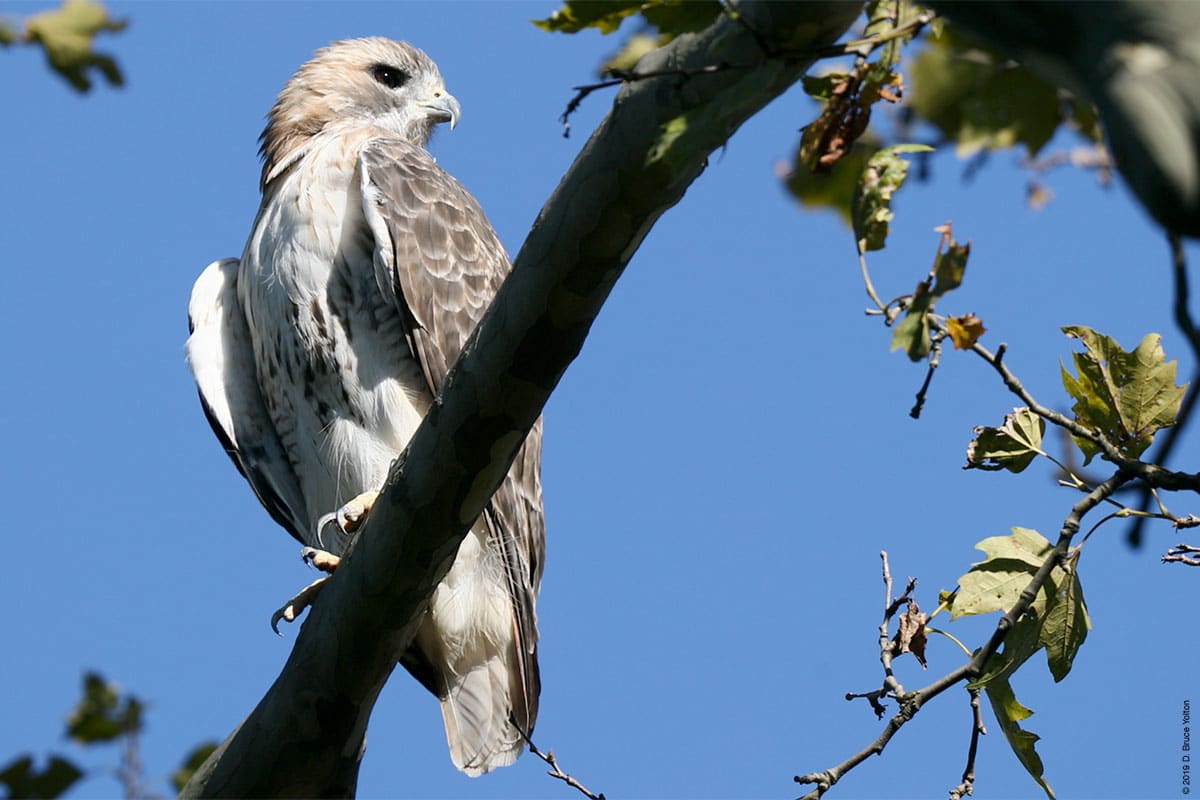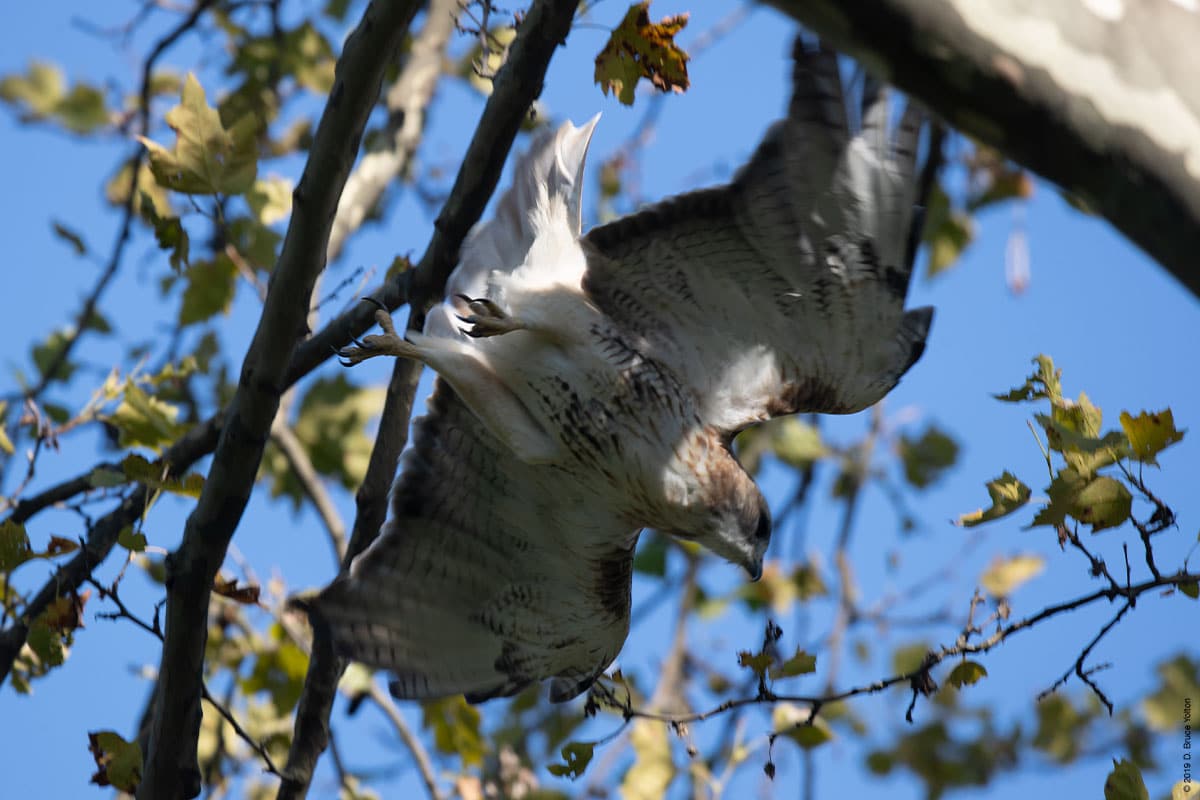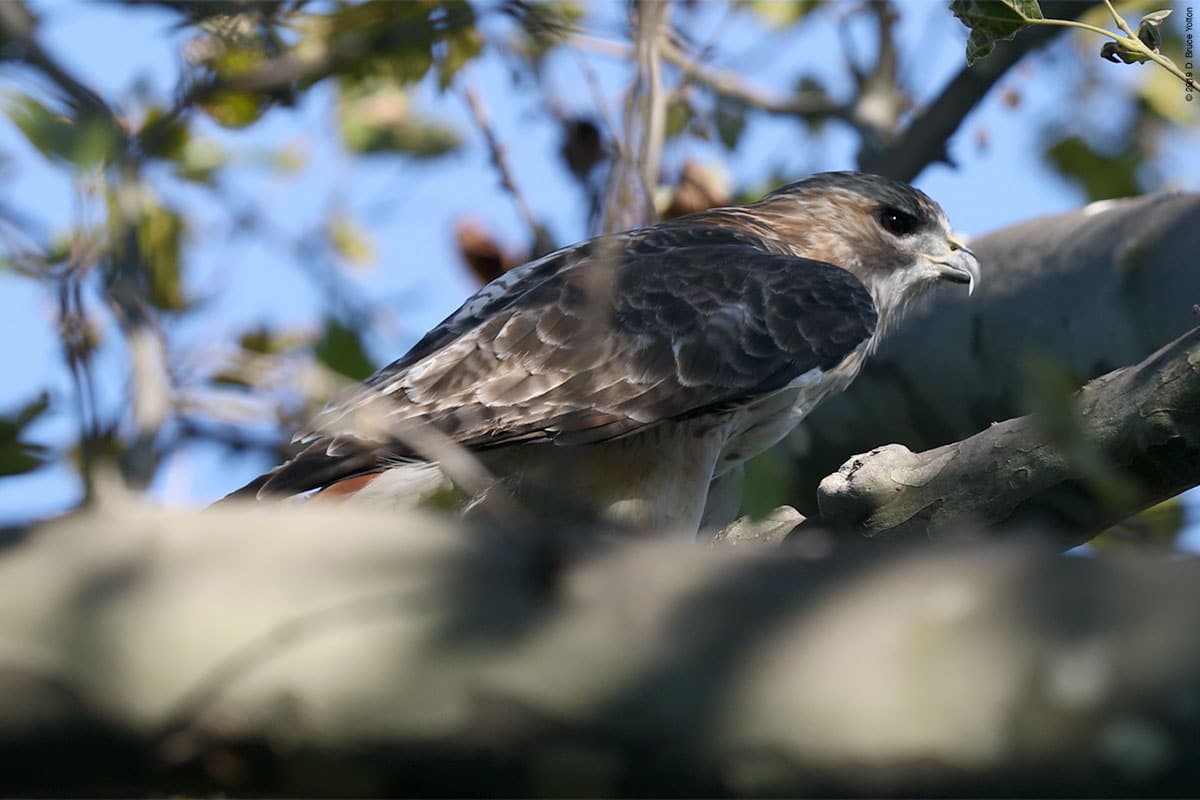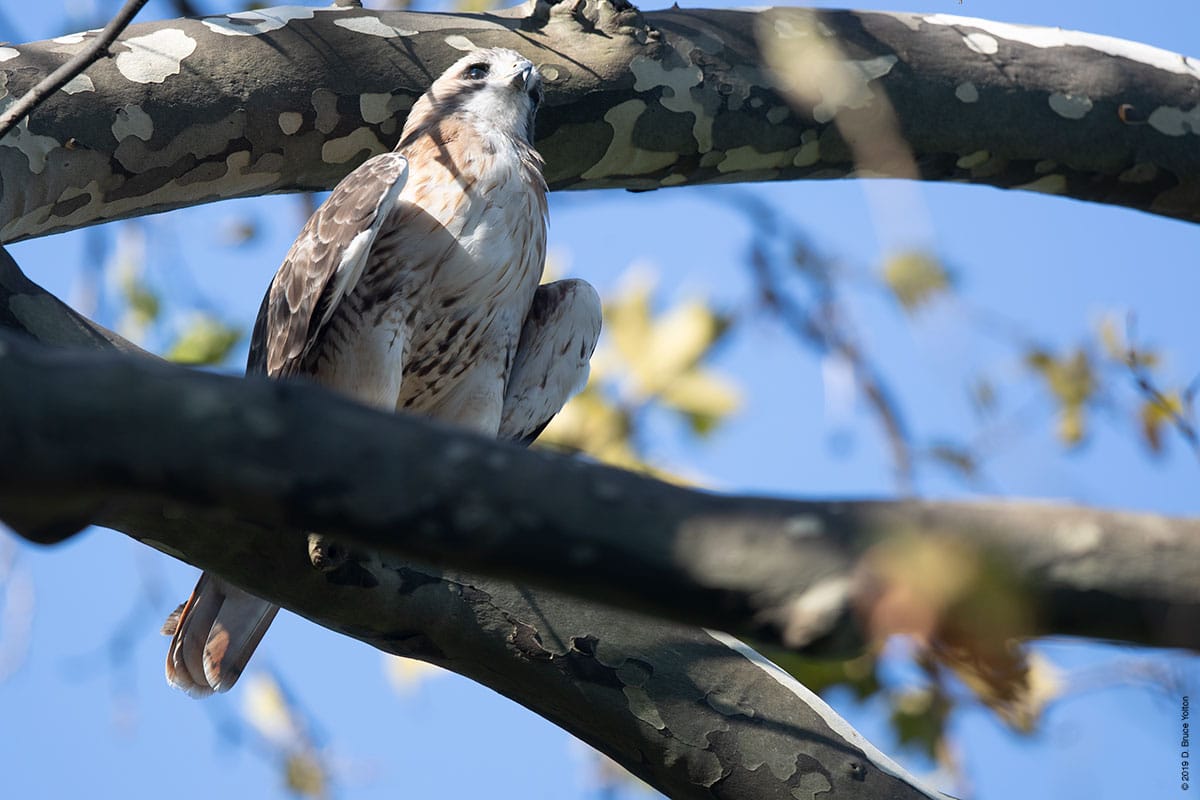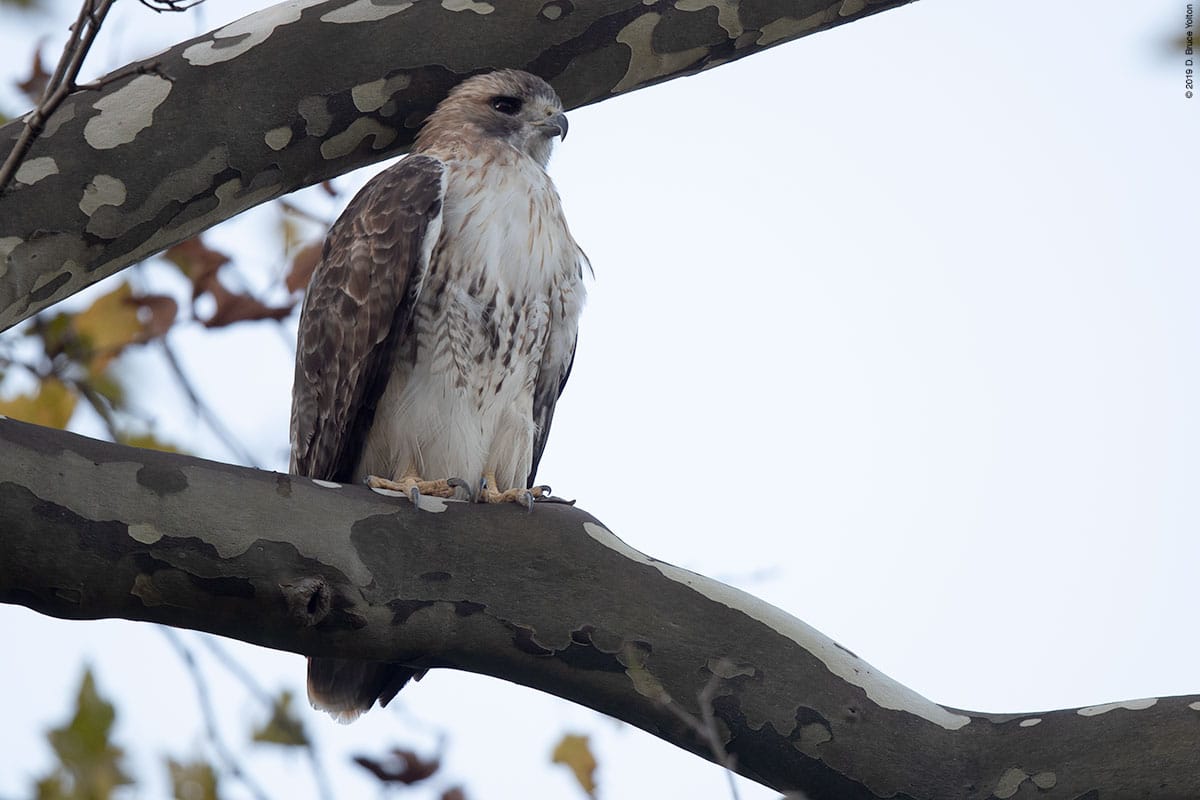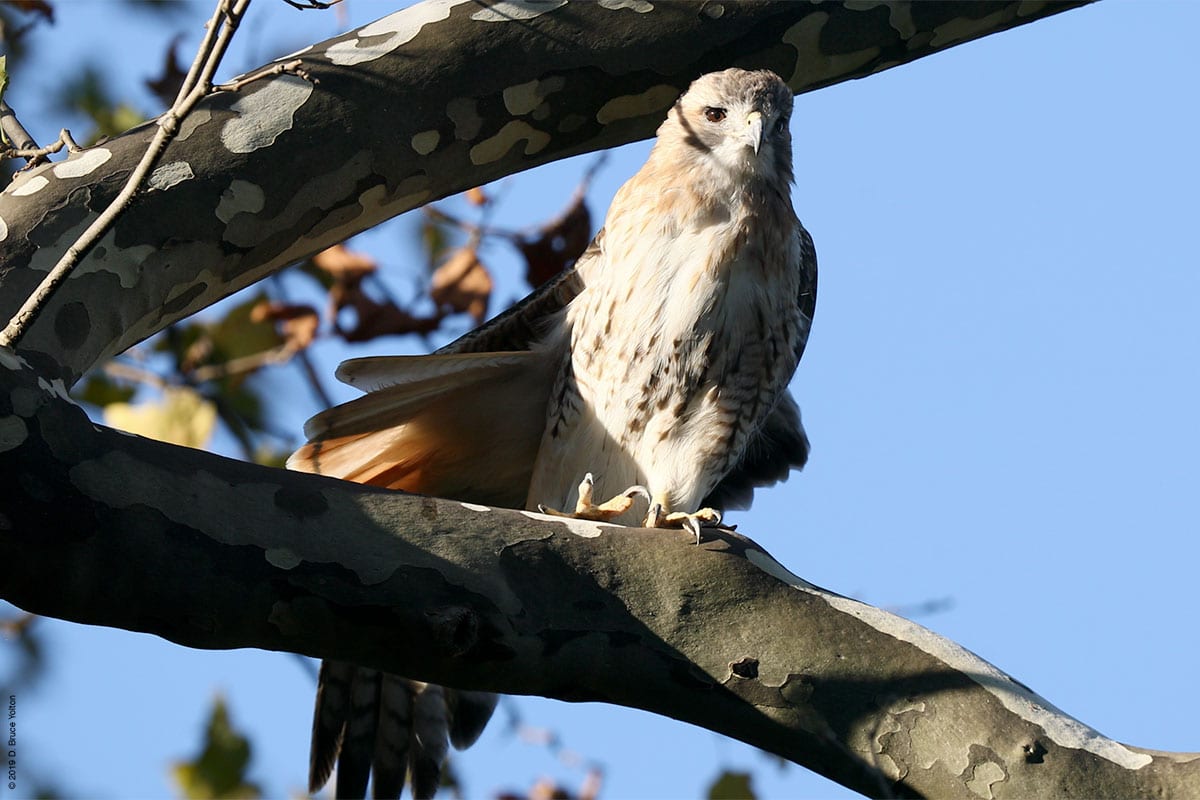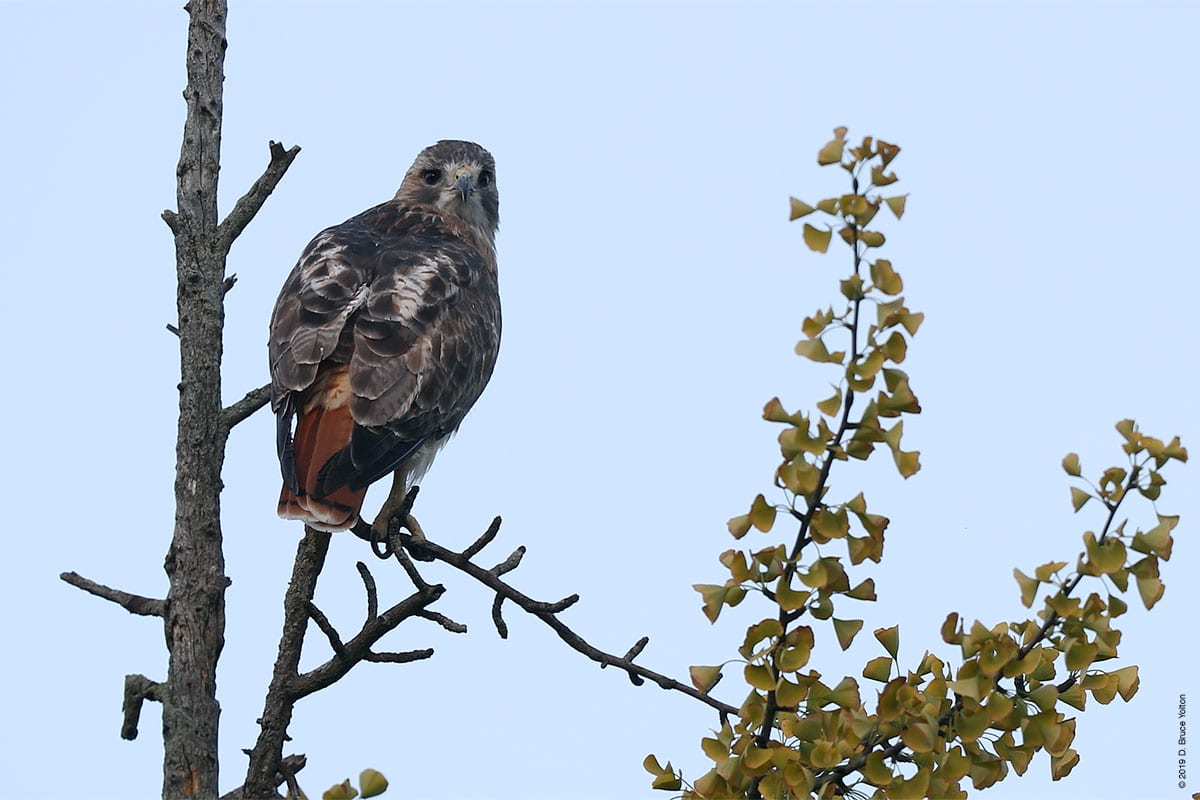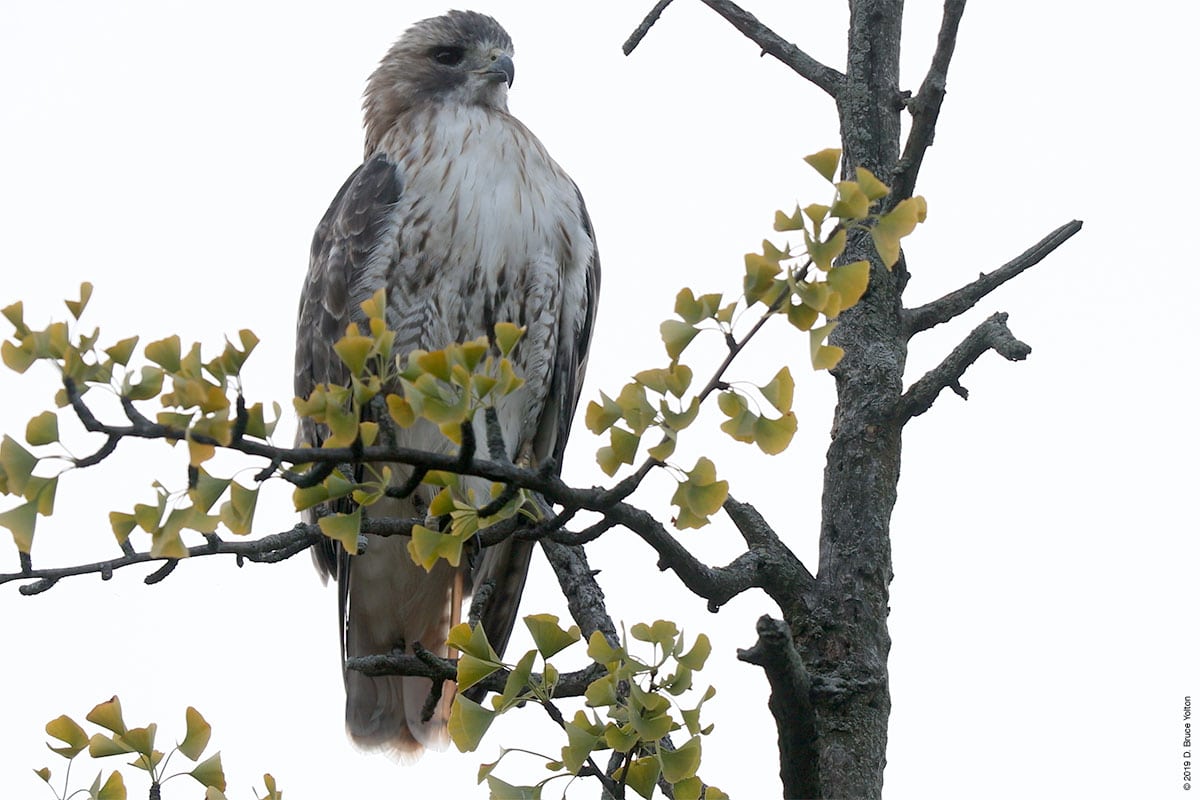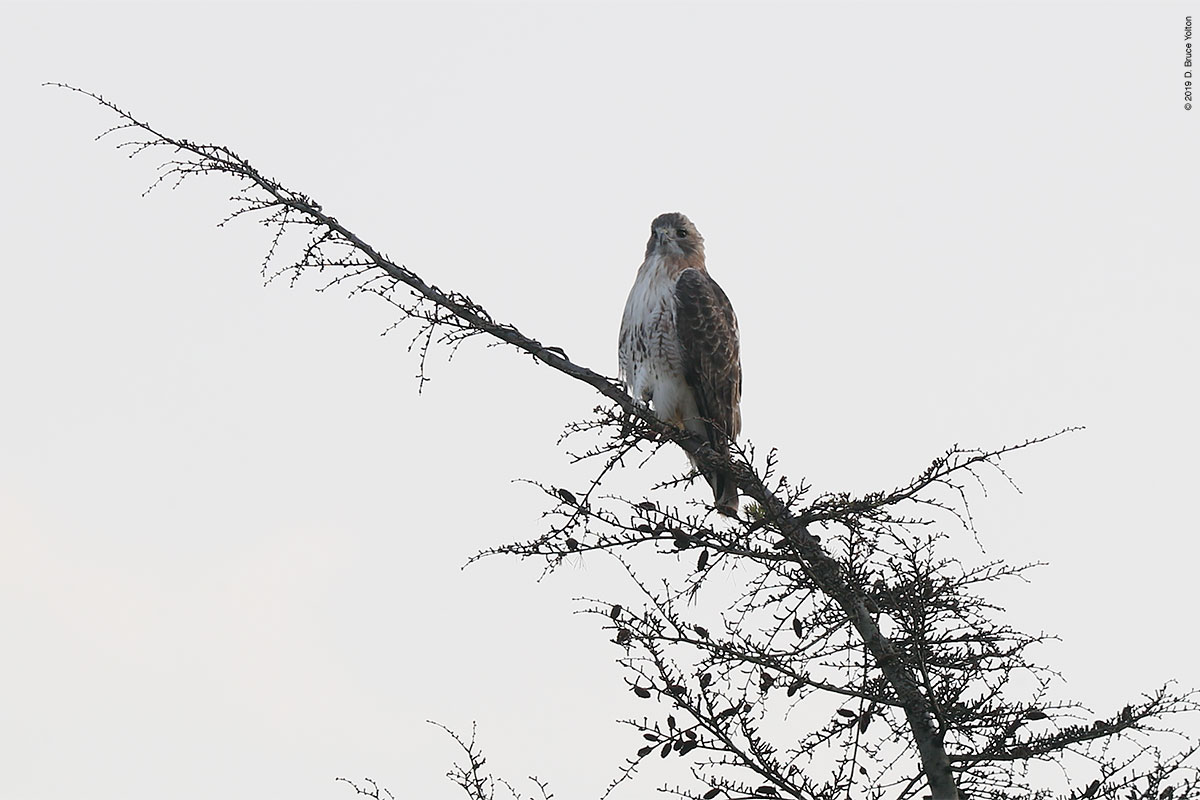Category: 927 5th Avenue Red-tailed Hawks
Octavia
Octavia, the female of the 927 Fifth Avenue nest was on the “Woody” building one block north of the nest late on Friday afternoon. (Woody Alan no longer lives in the Woody building, by the way.) Octavia was in to rush to leave, but eventually left and perched on a window railing at 70th and Fifth Avenue, which faces north and overlooks The Frick Collection’s garden.











Pale Male Eats A Pigeon
This evening I was lucky enough to find Pale Male and watch him explore the East Pinetum of Central Park. He caught a pigeon and after a few flights, ended up eating it for about 3o minutes before being interrupted by an aggressive Gray Squirrel, which forced him to move to another tree.
(There are some pompous and misogynistic birders on Twitter and Facebook who have recently decided to immediately respond to the posting of any photograph or video of Pale Male, especially those taken by a women, with comments like “It can’t still be Pale Male, it must be one of his offspring.”
The comments are based on the belief that a Red-tailed hawk can’t be older than around 30 years. However, the statements offer no proof that Pale Male has been replaced by another hawk, and generally have a tone that implies that the female photographer isn’t a “real birder”, but a “hawk watcher inclined to anthropomorphize”. While many hawk nests go through numerous changes of mates, generally unnoticed by observers, for the 14 years I’ve watched Pale Male he remains the same bird with exactly the same habits and perches.
I missed his early days in the park. There are only a handful of birders who have followed Pale Male since he arrived in the park. I know most of them and they all are convinced Pale Male is still the original bird that arrived years ago.
I also find it incredible that these folks say that Pale Male might have be replaced by one of his offspring. Natal dispersal is incredibly far for Red-tailed Hawks, up to 1,000 miles. And what hawk is going to mate with its mother? When the time comes for 927 Fifth Avenue to get a new male, it won’t be one of Pale Male’s offspring. Anyone who thinks otherwise clearly doesn’t understand raptor biology.
So, if you really believe Pale Male is Pale Male II, offer some hard proof. Otherwise, don’t insult the many wonderful female photographers in the park every time they label a photograph of the adult male from the 927 Fifth Avenue nest, Pale Male.)

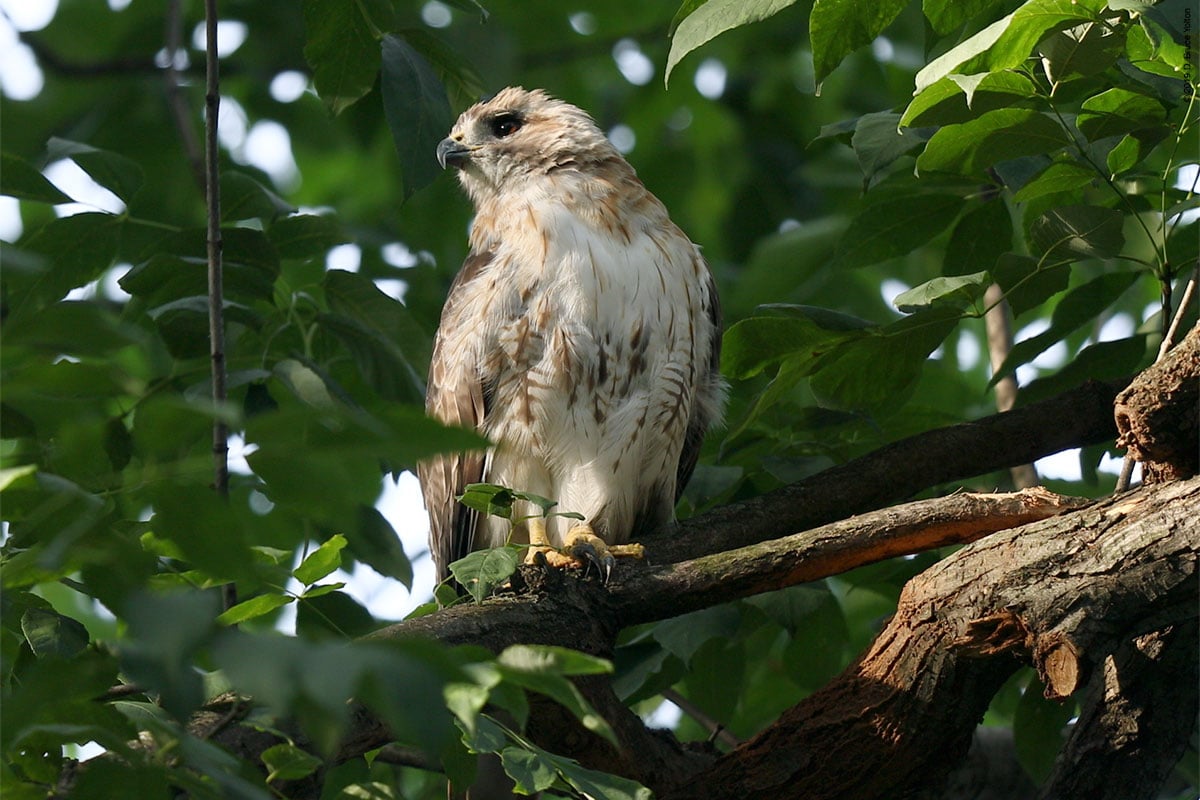
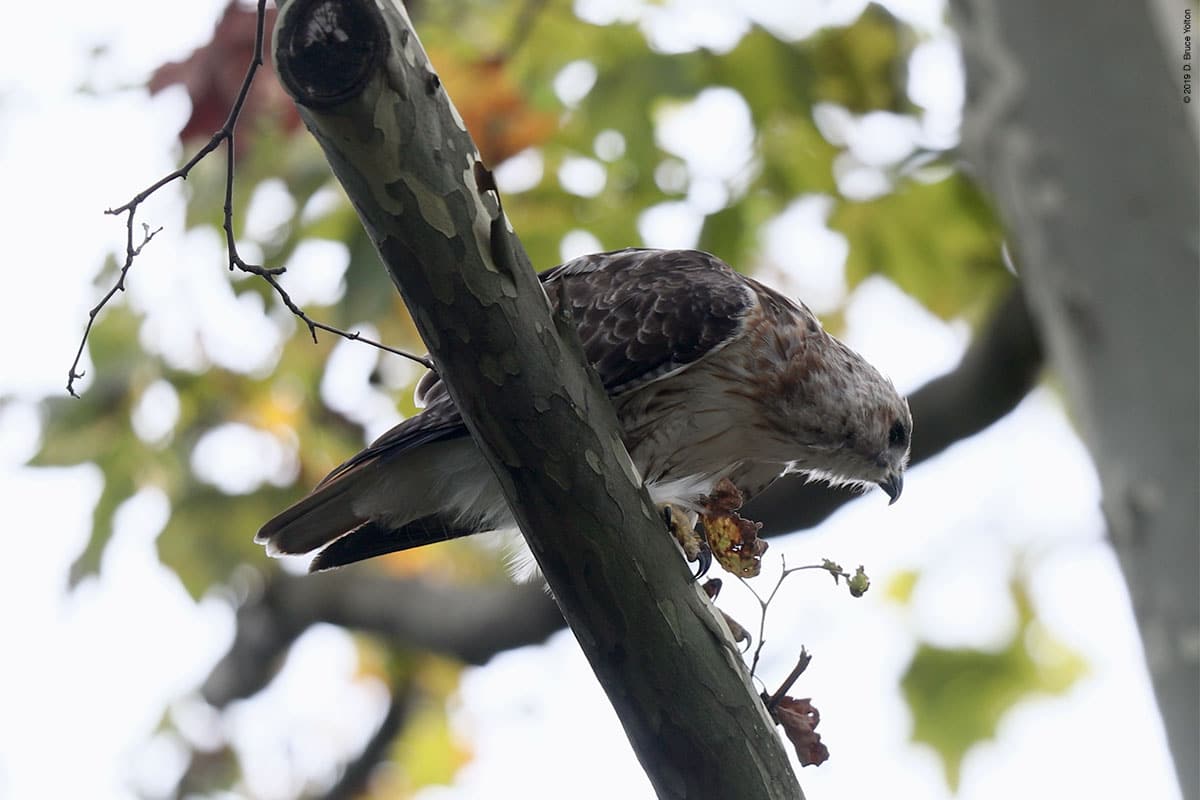
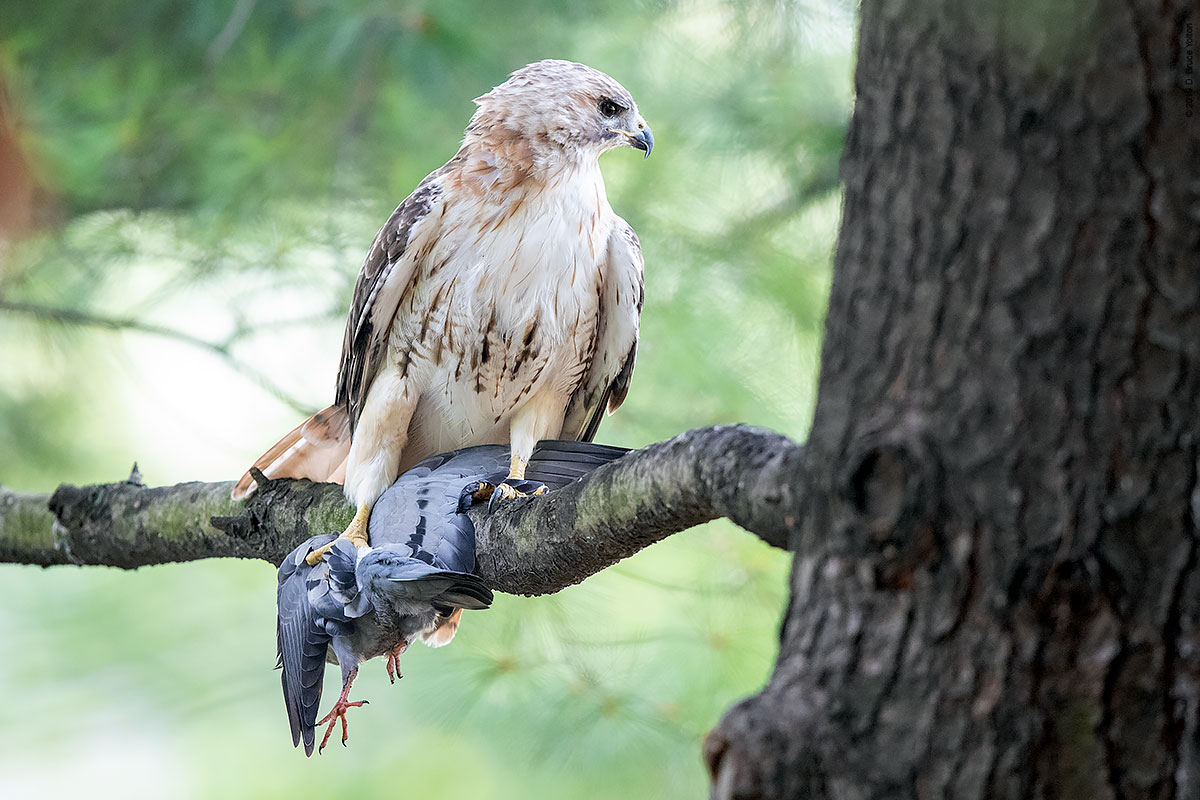
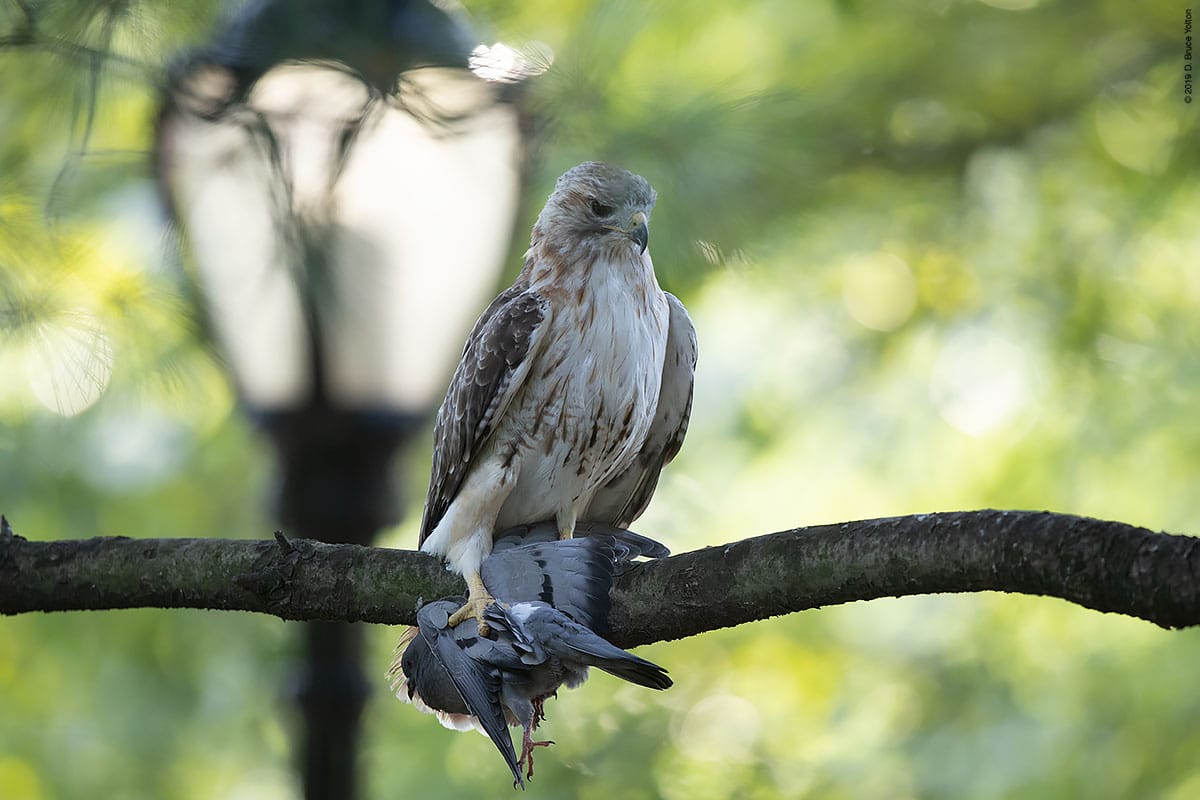
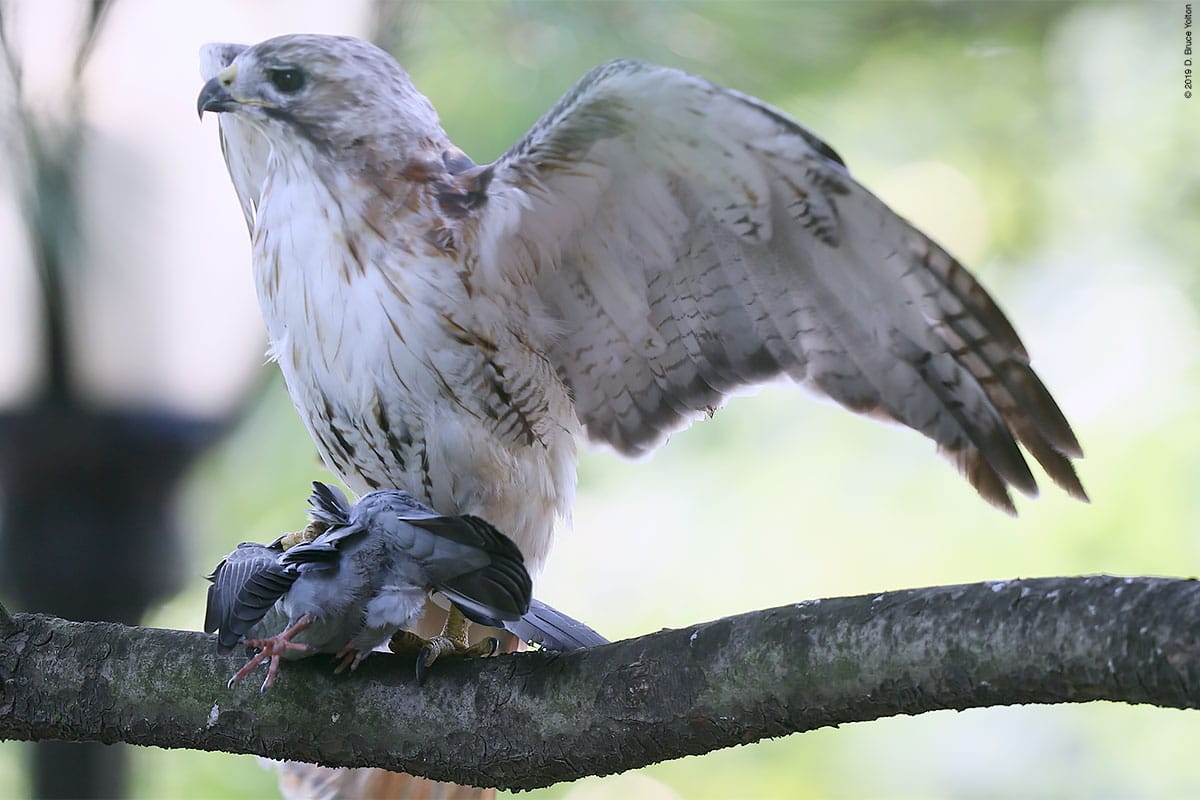
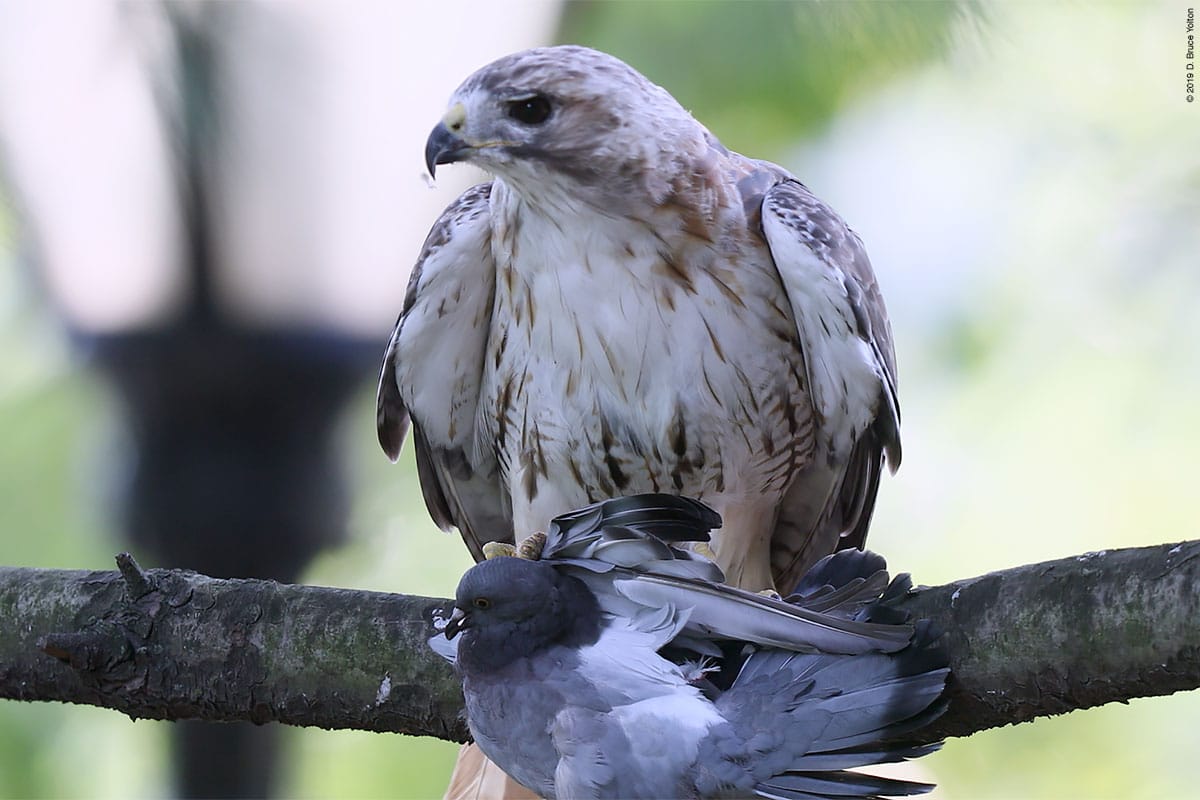
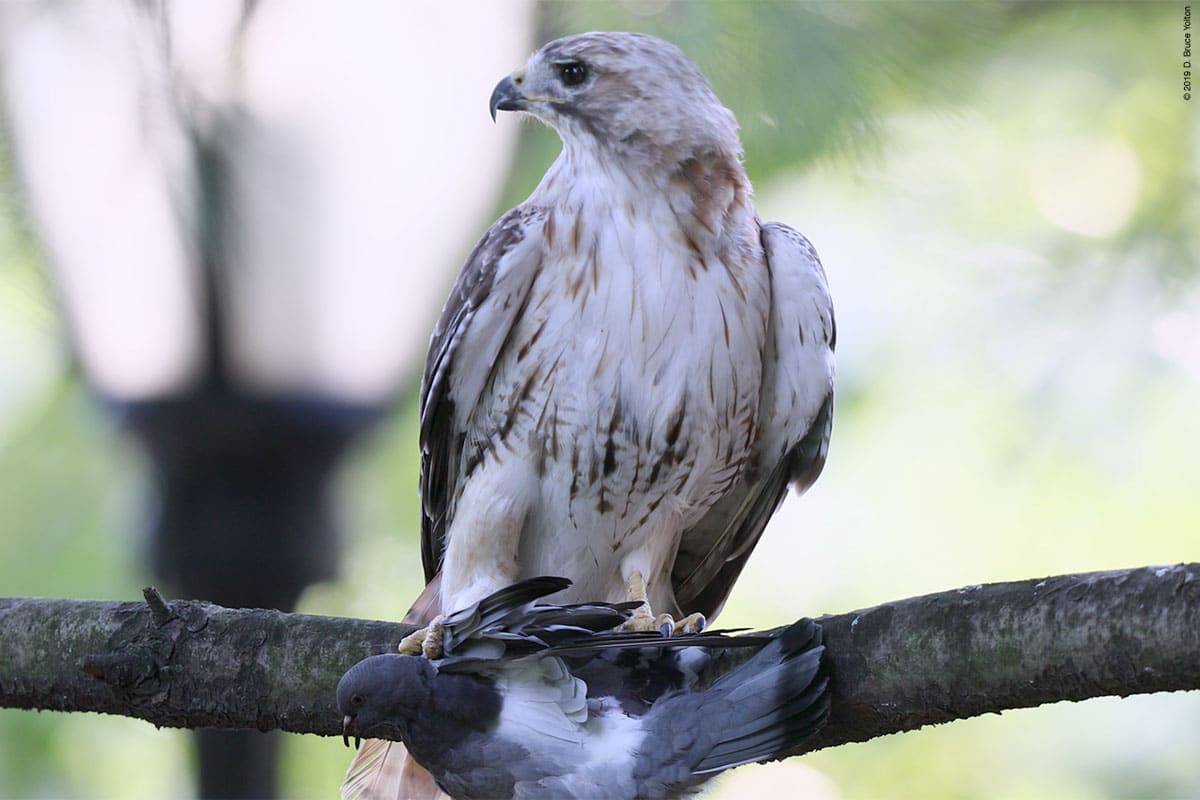



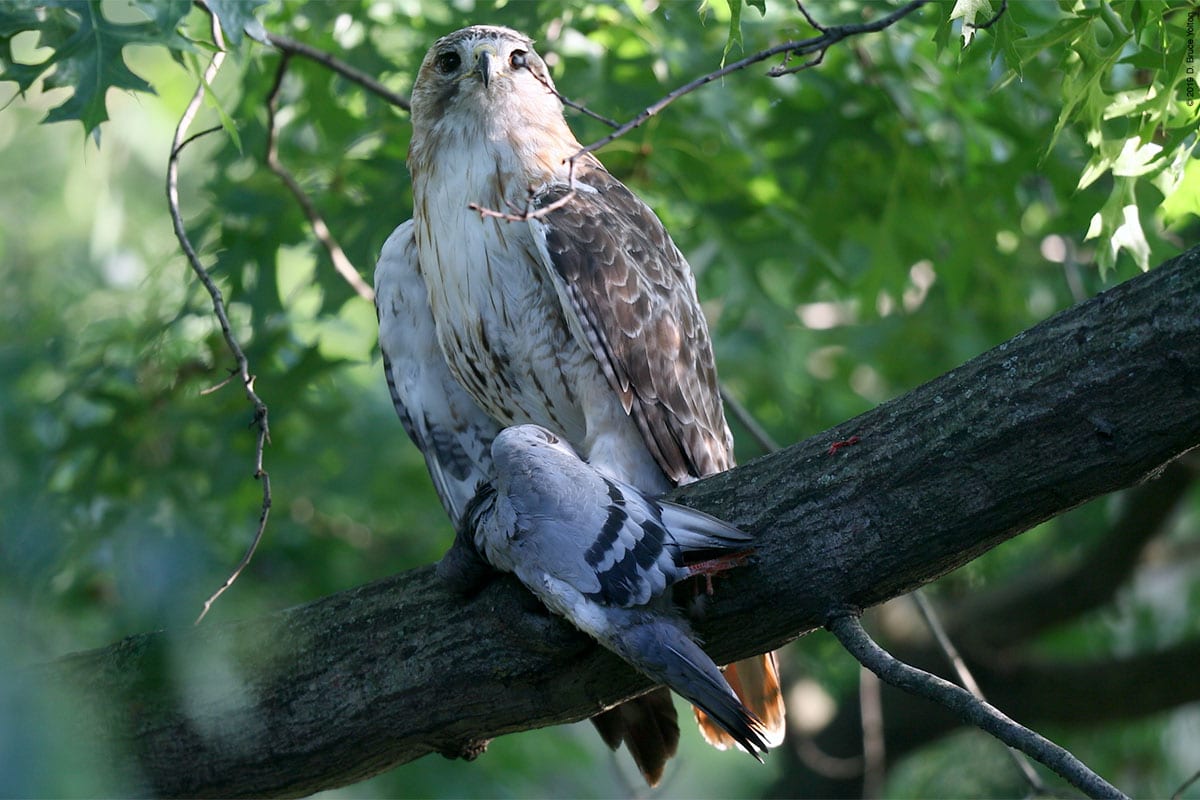
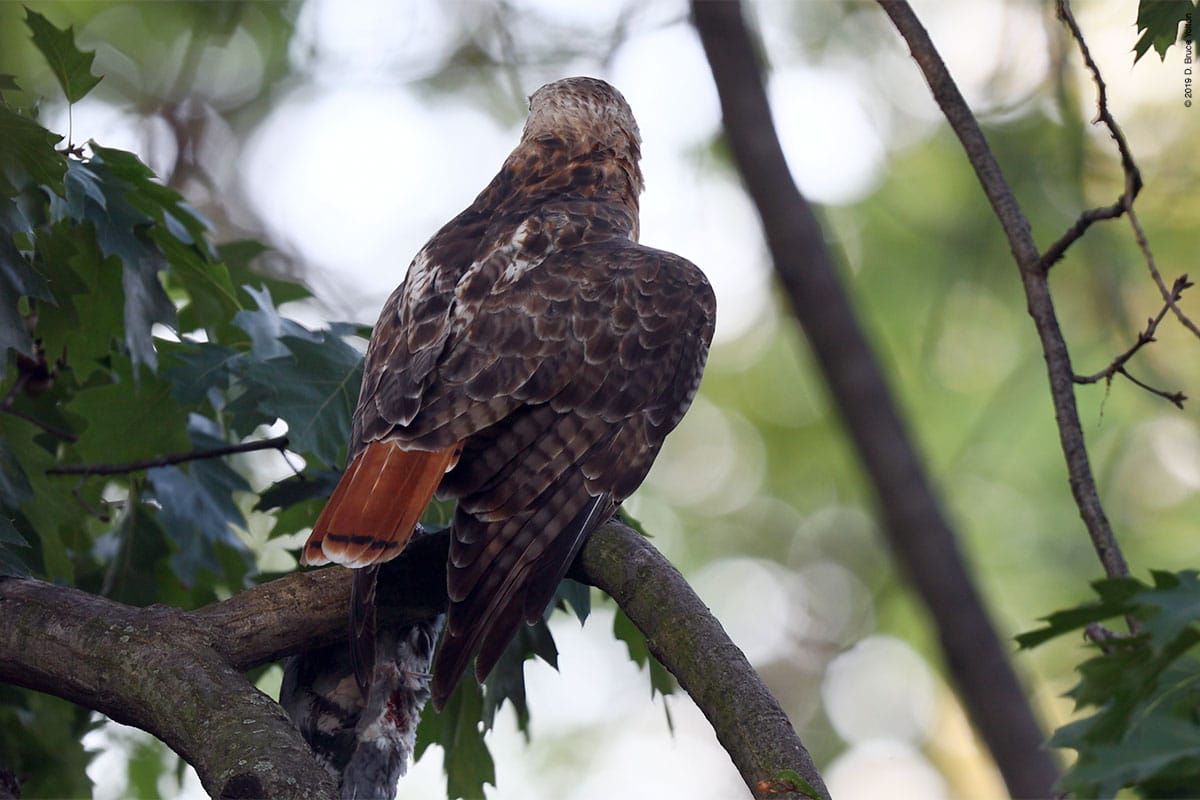

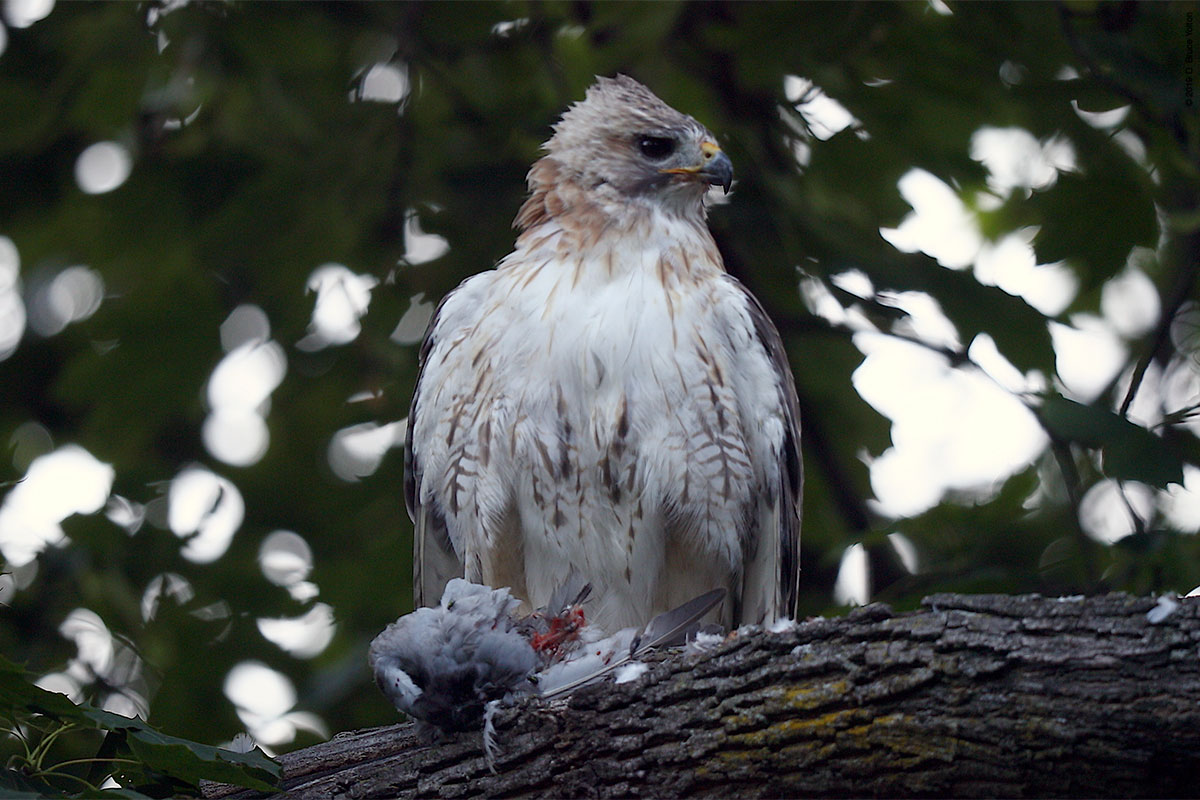



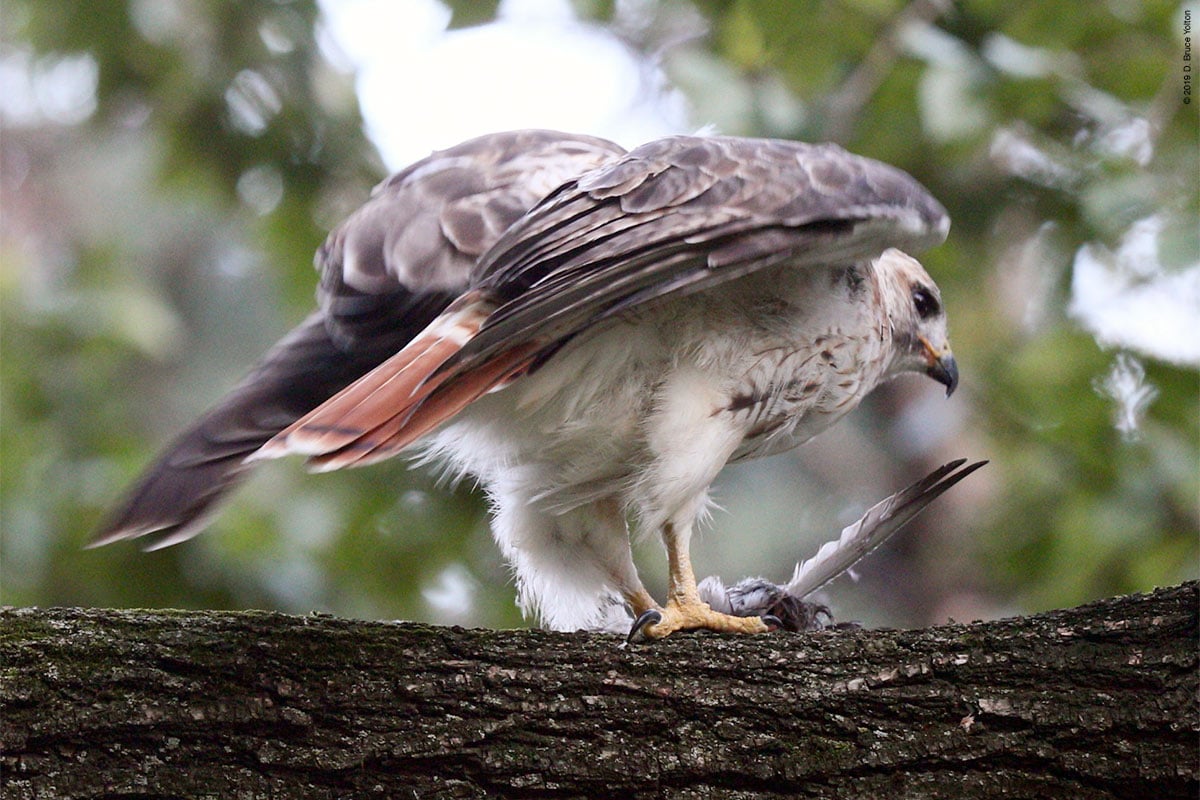
Math Problem For Pale Male and Octavia
Although I hope I’m wrong, I can’t get the math to work out for Pale Male and Octavia.
Octavia started sitting on the nest on March 17th. When you calculate a hatch date, you start with 28-35 days for incubation, add a few days just in case the female starts sitting before laying eggs, and add a week more since the eggs can take a week to lay, and if only the last one hatches it will be later. That’s at worst case, 35 plus 14 days, or May 5th. Today is May 15th.
The “regulars” who follow Pale Male and Octavia year round didn’t see them copulate this season.
So, the nest most likely won’t hatch.
When Lola was infertile, she would sit for a long time on the nest before giving up each year. I think we’re seeing the same thing with Octavia this year.

927 Fifth Avenue Intruders
Two Red-tailed Hawks, other than Pale Male and Ocatvia, flew over the Fifth Avenue nest on Saturday evening causing both Octavia and Pale Male to leave the nest. Usually we only see a single intruder, usually a single juvenile or adult hawk enter the territory. Two adult hawks together seems unusual for this time year. While it was impossible to know, it could have been the San Remo pair investigating how their neighbors are doing.
The video has Pale Male on the nest and then leaving, Octavia returning, and then Octavia settling down. Estimates are that this nest is due to hatch sometime this week. No feedings have been seen yet, although Pale Male has brought a small mouse to the nest, which may be a positive sign.







